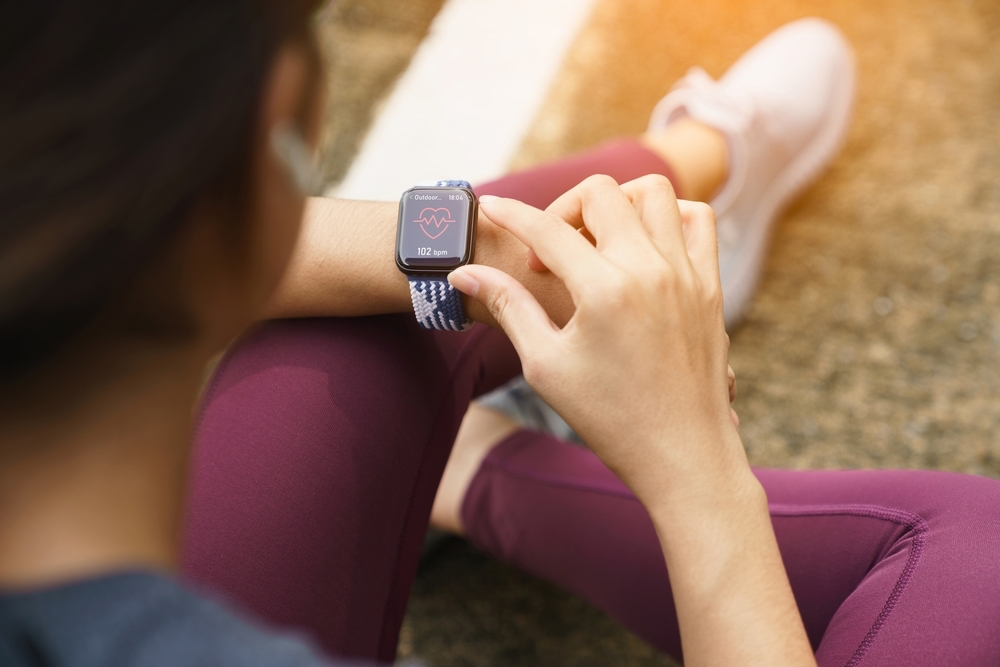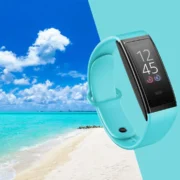What the Apple Watch Ban Could Mean for the Tech Giant’s Fitness Plans

Apple is set to be banned from selling its Series 9 and Ultra 2 watches in the U.S. on its website and in retail locations on December 25th
Apple said Monday that it will stop selling some of its Watch models in light of one of the most significant patent disputes in recent history, a development that could impact the tech giant’s burgeoning fitness and wellness endeavors.
A ruling in October by the International Trade Commission (ITC) found that Apple violated medical company Masimo’s pulse oximeter patent, which is used to read blood-oxygen levels. In 2020, Apple introduced the feature in its Apple Watch Series 6 lineup. The company plans to appeal the decision.
Apple will no longer be able to sell its Apple Watch Series 9 and Apple Watch Ultra 2 in the U.S. beginning Thursday on its website and from the company’s retail locations after December 24th. The SE model, which lacks the blood oxygen feature, remains for sale.
White House Press Secretary Karine Jean-Pierre said on Tuesday that the US Trade Representative, Katherine Tai, will be making the decision on whether to block the ban. The deadline for Tai’s decision is Christmas Day, as the reviews last 60 days, and the order was issued on October 26th.
Inside the Patent Battle
The patents relate to the process by which the watches calculate a person’s blood oxygen saturation. Because the patents relate to hardware, Apple cannot resolve the dispute with a software update, a strategy they’ve used in the past. If the company cannot win on appeal or by presidential intervention, the company would likely need to redesign the devices, a process that does not have a clear timeline.
The Blood Oxygen app measures the percentage of oxygen red blood cells carry from one’s lungs to the rest of the body. The sensor uses clusters of red, green, and infrared LED lights and photodiodes that convert light into an electrical current. The light shines onto the blood vessels in a user’s wrist and the technology measures how much light bounces back. Bright red blood is oxygenated, while dark red blood has less oxygen, which allows the sensor to get an on-demand reading of one’s blood oxygen. A healthy person will usually have blood oxygen levels in the mid- to high 90s.
The Series 9 and the Ultra 2 models were released earlier this year and were expected to be a large percentage of Apple’s watch sales for the holiday season.
Potential Fitness Ramifications
Apple had its sights set on the fitness and wellness space, particularly with the Ultra 2, which has the brightest display yet of its watches, and can display dynamic fitness information on the screen like altitude, depth, or seconds along the screen’s outermost edges.
The decision could shape the company’s health and wellness goals for the new year, possibly encouraging Apple to place more strategic emphasis on offerings like Fitness+. With over 5,000 workouts, Fitness+ now includes 12 different types of workouts, as well as Artist Spotlight series featuring music by Beyonce, Mariah Carey, and Taylor Swift. Apple also partnered with Anytime Fitness earlier this year, its first deal with a gym or health club. Starting from December 1, Anytime Fitness members across the U.S. and Canada gained access to an Apple Fitness+ subscription included in their membership at no extra cost.
While unrelated to the patent dispute, two executives on the Apple Watch development team are departing the company. Tang Tan, the chief of Apple Watch product design, plans to depart in February, and Steve Hotelling, a key witness in the Masimo lawsuit, is retiring.
Although the watches can no longer be sold on Apple’s website, they will continue to be sold through many third-party retailers, which should help improve the company’s fiscal first-quarter sales.



